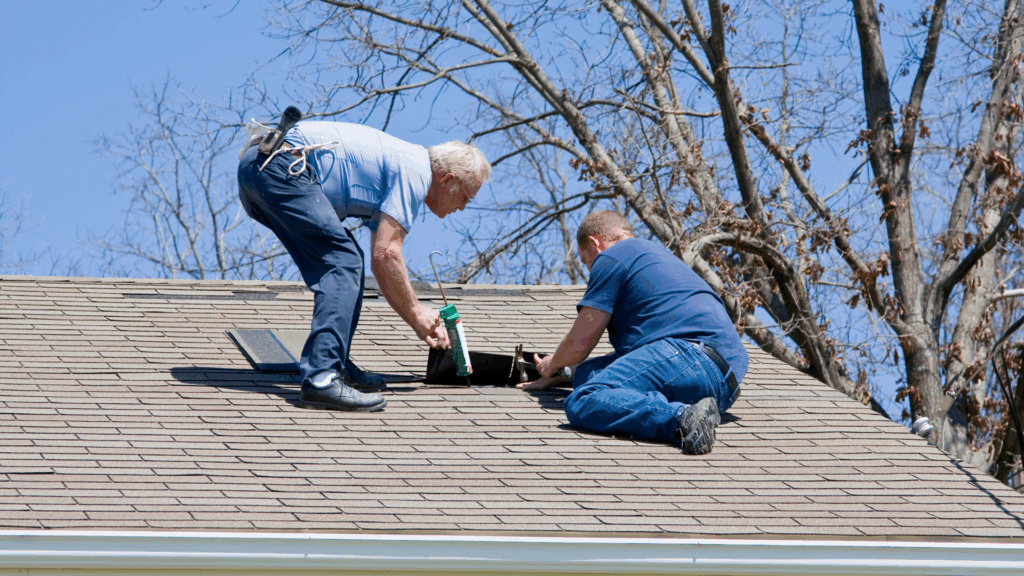How Long Do I Have to File a Claim for Roof Damage?

Severe weather and unexpected accidents can leave homeowners scrambling with one urgent question: “How long do I have to file a claim for roof damage?”
The answer isn’t always straightforward. While most insurance companies give you anywhere from six months to one year to file, every policy has its own rules and requirements. Acting quickly is crucial—not only to meet your insurer’s deadlines but also to protect your home from further damage and secure the coverage you deserve.
In this guide, we’ll walk through the importance of filing on time, how insurance timelines work, the steps to take immediately after an incident, and what happens if you wait too long.
When roof damage occurs, time is not on your side. Insurance companies enforce deadlines for a reason:
Simply put, waiting too long to file can mean paying thousands out of pocket for repairs that should have been covered.
Insurance policies vary, but here’s what most homeowners can expect:
It’s important to note that insurers expect you to act as soon as you discover the damage. Even if the policy technically gives you a year, waiting several months could raise red flags and make the claims process harder.
Tip: Review your homeowner’s policy now, before you need it. Understanding your coverage limits and deadlines in advance helps avoid stressful surprises.
If a storm, fallen tree, or accident damages your roof, here are the actions you should take right away:
Filing your claim is just the beginning. Here’s what typically happens next:
Having professional documentation from the start makes this process smoother and can prevent underpaid claims.
While you can technically file a claim on your own, working with an experienced roofing company brings several advantages:
A trusted local company, such as Capital City Roofing, not only repairs your roof but also helps navigate the often-confusing insurance process.
Failing to file within your insurance company’s timeframe has serious consequences:
Even if you’re unsure about filing, it’s better to open a claim early and withdraw later than risk losing coverage altogether.
These examples highlight why acting quickly is essential to protect both your home and your finances.
Most policies allow 6–12 months, but deadlines vary. Always check your policy.
Yes, but you must still be within your policy’s timeframe. Filing sooner is always better.
You can appeal or request a reinspection. Professional reports from a roofer can make a big difference.
It depends on your provider and history. Weather-related claims often don’t raise rates as much as other types.
Not technically, but having a professional like Capital City Roofing improves your chances of approval and ensures quality repairs.
So, how long do you have to file a claim for roof damage? In most cases, anywhere from six months to a year—but waiting is risky. The sooner you act, the easier it is to prove your case, secure coverage, and prevent worsening damage.
If your roof has been damaged by a storm, fallen tree, or accident, don’t delay. Capital City Roofing can provide expert inspections, help guide you through the claims process, and ensure your home is protected with high-quality repairs.
Take action today—your roof, your home, and your peace of mind depend on it.
This article is provided for general informational purposes only and does not constitute legal, insurance, or financial advice. Policy terms, coverage limits, and claim deadlines vary by insurer and jurisdiction. You should always review your specific homeowner’s insurance policy and consult directly with your insurance provider or a licensed professional regarding your individual situation. Capital City Roofing does not guarantee claim approval or coverage outcomes. Acting promptly and seeking professional guidance can help you make the best decisions for your home and circumstances.
Phone: (512) 844 – 9598
© 2024. Capital City Roofing